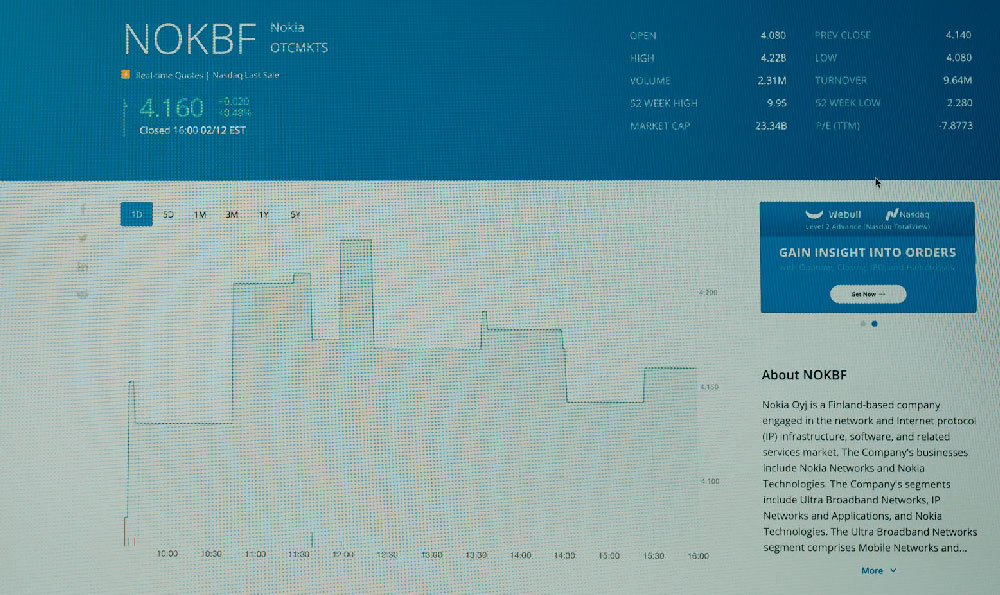YouTube's allure as a potential revenue stream is undeniable. The platform boasts billions of users worldwide, and the prospect of earning a significant income by creating engaging content is a dream for many. However, understanding the reality of YouTube earnings requires a nuanced perspective, far beyond the simplistic idea of just uploading videos and watching the money roll in. The actual amount you can earn on YouTube varies dramatically depending on a complex interplay of factors. Let's delve into these influencing elements and explore the realities of YouTube monetization.
One of the most fundamental drivers of YouTube earnings is the Cost Per Mille (CPM) and the Revenue Per Mille (RPM). CPM represents the cost advertisers pay for one thousand views of an advertisement on your video. RPM, on the other hand, reflects the actual revenue you receive per one thousand views after YouTube takes its share. While CPM is a metric advertisers focus on, RPM is the metric that truly matters to creators. YouTube typically takes around 45% of advertising revenue, leaving the remaining 55% for the content creator.
CPM and RPM are not static numbers; they fluctuate widely based on a range of factors. The niche or topic of your channel is a significant determinant. Content related to finance, business, technology, or luxury goods generally commands higher CPMs because advertisers are willing to pay more to reach audiences interested in these areas. Conversely, content focused on gaming, entertainment, or children's videos may have lower CPMs. This is because the demographics interested in these genres may be less valuable to certain advertisers.

Audience demographics also play a crucial role. Advertisers are typically willing to pay more to reach viewers in developed countries with higher purchasing power, such as the United States, Canada, the United Kingdom, and Australia. Therefore, if a substantial portion of your audience resides in these regions, you can expect a higher CPM and RPM compared to channels with a predominantly international audience from countries with lower average incomes.
Ad formats and placement significantly affect revenue. YouTube offers various ad formats, including skippable video ads, non-skippable video ads, bumper ads, display ads, and overlay ads. Non-skippable video ads and bumper ads typically generate higher revenue because viewers are forced to watch them. The placement of ads within the video, such as pre-roll, mid-roll, or post-roll ads, also influences earnings. Longer videos are more conducive to mid-roll ads, potentially increasing overall revenue.
Beyond advertising revenue, alternative monetization strategies can significantly boost a YouTuber's income. Channel memberships allow viewers to pay a recurring fee for exclusive perks, such as custom badges, emojis, and access to members-only content. This provides a stable and predictable revenue stream. Super Chat and Super Stickers, available during live streams, enable viewers to pay to have their messages highlighted in the chat, providing an immediate financial boost. Merchandise shelves allow creators to sell branded merchandise, such as t-shirts, mugs, and accessories, directly from their YouTube channel. This leverages their brand recognition and fan base to generate additional income. Affiliate marketing involves promoting products or services from other companies and earning a commission on each sale made through a unique referral link. This is a popular strategy for YouTubers in the product review or tutorial niches. Sponsorships and brand deals are another lucrative option, where companies pay creators to feature their products or services in their videos. The amount earned from sponsorships can vary widely depending on the creator's influence, audience size, and the brand's budget.
Content quality and consistency are paramount to long-term success and earning potential on YouTube. High-quality videos with engaging content are more likely to attract viewers and keep them coming back for more. Consistent uploads help maintain audience interest and improve channel visibility in YouTube's algorithm. A loyal and engaged audience is crucial for driving views, watch time, and ultimately, revenue.
Watch time is a critical metric that YouTube's algorithm prioritizes. Videos with longer watch times are more likely to be recommended to other viewers, leading to increased visibility and potential earnings. Creating compelling content that keeps viewers engaged is essential for maximizing watch time.
SEO (Search Engine Optimization) plays a vital role in ensuring your videos are discovered by the right audience. Optimizing video titles, descriptions, tags, and thumbnails with relevant keywords can improve search rankings and drive organic traffic to your channel. Understanding YouTube's algorithm and employing effective SEO strategies are crucial for maximizing reach and earnings.
Community engagement is essential for building a loyal audience and fostering a sense of connection with viewers. Responding to comments, asking for feedback, and interacting with your audience on social media platforms can strengthen relationships and encourage repeat viewership.
Copyright considerations are crucial. Using copyrighted music, video clips, or other materials without permission can lead to demonetization or even legal action. It's essential to ensure that all content used in your videos is either original or properly licensed.
In conclusion, determining exactly how much you can earn on YouTube is not a simple equation. It's a multifaceted calculation influenced by your niche, audience demographics, ad formats, alternative monetization strategies, content quality, consistency, watch time, SEO, community engagement, and copyright compliance. While some YouTubers achieve substantial wealth, many others struggle to earn a sustainable income. Success on YouTube requires dedication, hard work, strategic planning, and a deep understanding of the platform's dynamics. It's a competitive landscape, and achieving financial success demands more than just creating videos; it requires building a brand, engaging with your audience, and continuously adapting to the ever-evolving YouTube ecosystem. Before embarking on a YouTube career solely for the money, consider it a passion project that could potentially lead to financial rewards with consistent effort and a strategic approach.












